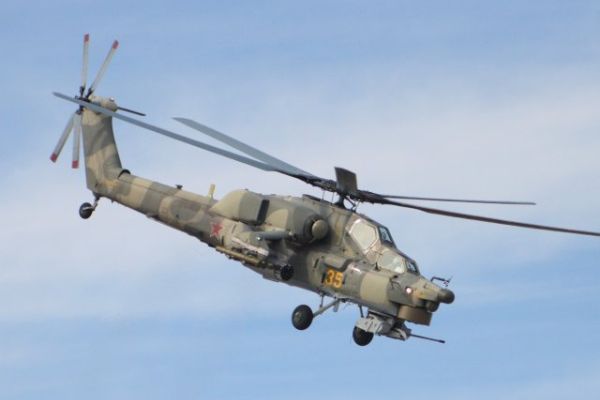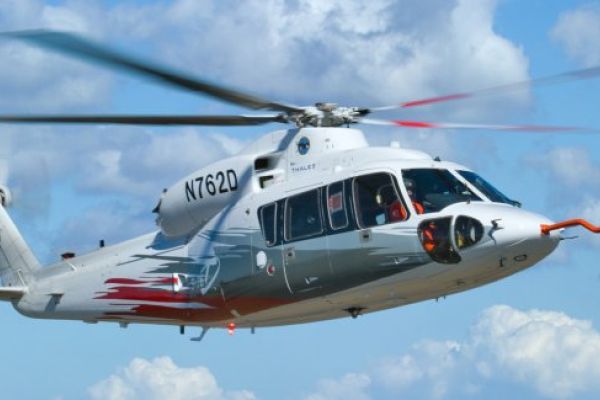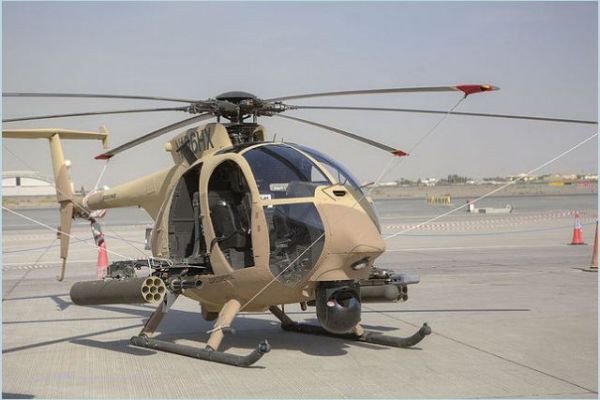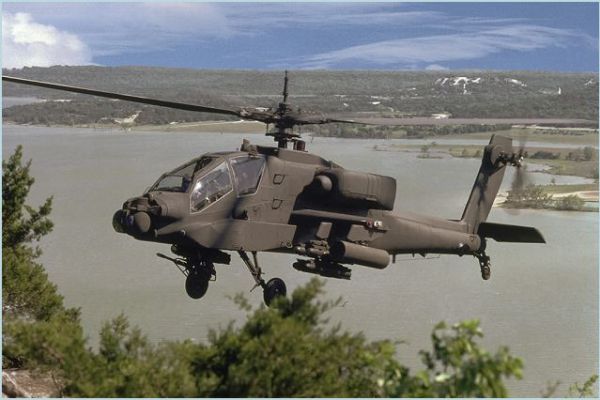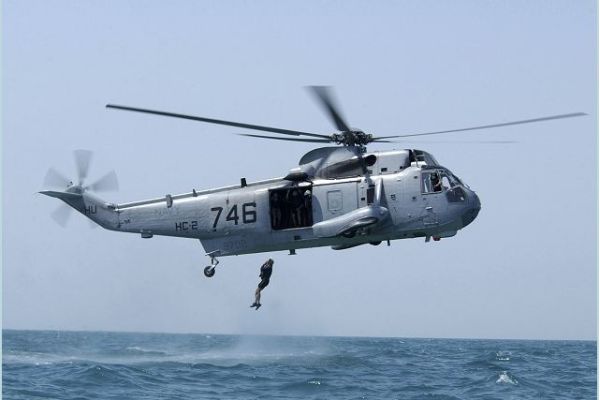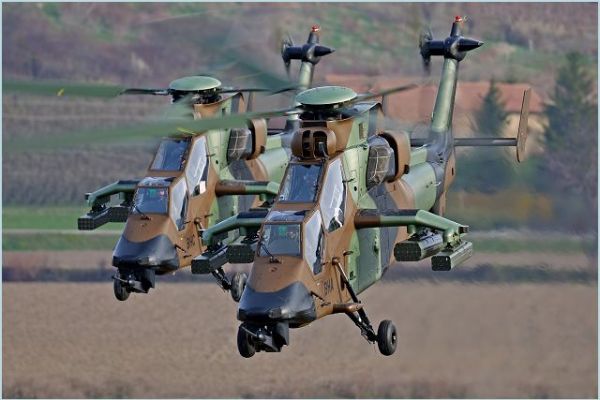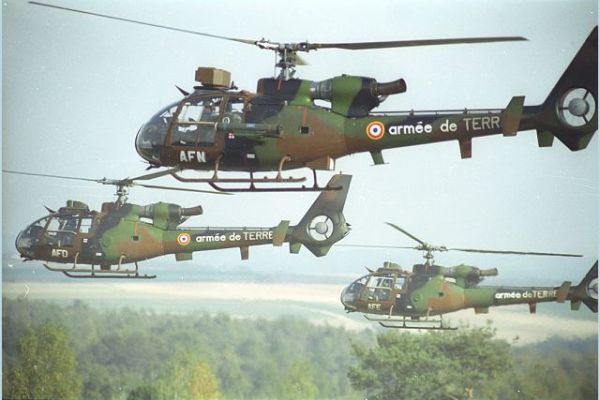Attack Helicopters.
AH-1Z Viper Bell.

The AH-1Z Viper Bell attack helicopter, also known within U.S. military designation frameworks as the “Zulu Cobra,” is a next-generation twin-engine, tandem-seat, multi-role combat helicopter developed by Bell Helicopter, a Textron Inc. division, for the United States Marine Corps. Engineered for battlefield dominance in both land and maritime domains, the AH-1Z Viper serves as the most advanced and heavily upgraded member of the Cobra family, distinguished by its fully integrated combat systems, four-bladed composite rotor, enhanced target acquisition capabilities, and corrosion-resistant airframe optimized for shipboard operations.
Country users: Bahrain, Czech Republic, Poland, United States (Marine Corps),
Description
The AH-1Z Viper is a U.S.-developed attack helicopter manufactured by Bell Helicopter, designed to replace the aging fleet of AH-1W SuperCobras under the Marine Corps' H-1 Upgrade Program. This initiative began in the mid-1990s as part of a modernization strategy to develop a pair of closely related rotorcraft platforms: the AH-1Z Viper (attack role) and the UH-1Y Venom (utility role). Sharing 85% parts commonality, these twin platforms were conceived to reduce logistical overhead and simplify maintenance, while delivering a quantum leap in capability.
Bell Helicopter commenced development in 1996, and the AH-1Z prototype made its first flight in December 2000. After an extensive flight testing and evaluation period, the platform achieved Initial Operational Capability (IOC) in 2007 and reached Full Rate Production status in 2010. Today, the AH-1Z Viper serves as the primary rotary-wing attack platform for the U.S. Marine Corps and is designed specifically for expeditionary warfare, shipboard operations, close air support (CAS), deep strike, and armed escort missions.
More than just an upgrade, the AH-1Z Viper is a complete transformation of the Cobra lineage, offering all-weather precision strike capabilities, full night-fighting ability, sensor fusion, and robust survivability in hostile environments. It is one of the only Western attack helicopters optimized for sustained operations in maritime and littoral combat zones, capable of launching from amphibious assault ships, destroyers, and forward expeditionary bases with minimal ground support.
The Bell AH-1Z Viper attack helicopter represents the apex of rotary-wing firepower, survivability, and network-centric warfare capability within U.S. and allied aviation forces. Designed from the ground up for expeditionary operations, the Viper excels in both land-based and maritime theaters, delivering unmatched lethality, endurance, and digital battlefield integration. With advanced avionics, precision munitions, and superior agility, the AH-1Z Viper is poised to remain a dominant force in close air support and armed reconnaissance roles through the coming decades.
AH-1Z Viper variants:
- AH-1Z Viper (Baseline Production): Standard U.S. Marine Corps variant with full sensor suite, advanced weapon integration, and four-blade rotor system.
- AH-1Z International Variant: Custom-configured export versions for foreign operators such as Bahrain and the Czech Republic, often featuring localized communications, Identification Friend or Foe (IFF) systems, and national datalink integration.
- AH-1Z Future Block Upgrade (Planned): Under development to include Joint Air-to-Ground Missile (JAGM) integration, advanced electronic warfare (EW) improvements, new infrared countermeasure systems, and enhanced survivability upgrades extending through the 2030s.
Technical Data
-
Design
The AH-1Z Viper attack helicopter features a tandem-seat cockpit configuration, with the pilot seated in the rear and the co-pilot/gunner occupying the front cockpit. This layout, a legacy of the Cobra family, allows clear forward visibility for both crew members and optimizes sensor and weapons control allocation during complex attack profiles. The gunner primarily operates the onboard weapons systems and electro-optical targeting suite, while the pilot focuses on flight management, navigation, and threat evasion.
The fuselage is designed with a narrow frontal cross-section, reducing visual and radar detectability. The aircraft’s standout aerodynamic feature is its four-bladed, bearingless, all-composite main rotor, which replaces the older two-blade system used on earlier Cobras. This rotor design improves lift, reduces vibration, enhances agility, and significantly lowers acoustic signature—key factors in survivability and low-altitude penetration missions.
Constructed with a high degree of corrosion-resistant materials, the airframe includes crashworthy crew seating, ballistic protection around vital systems, and self-sealing fuel tanks to survive in high-threat combat zones. The landing gear is energy-absorbing, and the Viper is capable of executing emergency landings even under partial system failure. The tail rotor is canted for greater anti-torque performance, and its unique 4-blade design ensures stability during aggressive maneuvering or shipboard landing approaches.
-
Avionics and Onboard Equipment
At the core of the AH-1Z Viper’s battlefield effectiveness is its fully digital avionics suite, developed by Northrop Grumman, which integrates flight, navigation, mission planning, targeting, and communications systems into a centralized digital backbone. Both the pilot and gunner operate from glass cockpits featuring four color multifunction displays (MFDs) per crew station, which provide real-time tactical overlays, aircraft systems monitoring, and weapons status.
The Helmet-Mounted Sight and Display (HMSD) system, branded as Thales Top Owl, allows both crew members to cue weapons and sensors by line of sight, offering rapid target acquisition capabilities. For targeting, the AH-1Z uses the AN/AAQ-30 Target Sight System (TSS), a nose-mounted, gyro-stabilized EO/IR sensor developed by Lockheed Martin. This high-definition, mid-wave FLIR includes a laser rangefinder/designator and is the backbone of the Viper’s precision strike ability.
Integrated countermeasures include the AN/APR-39D(V)2 radar warning receiver, AN/AAR-47 missile approach warning system, and the AN/ALE-47 countermeasure dispensing system capable of deploying chaff, infrared decoys, and advanced expendables. The helicopter supports Link-16, VMF, and other NATO-standard datalink formats for seamless integration into joint and coalition command networks.
-
Engine
The AH-1Z is powered by two General Electric T700-GE-401C turboshaft engines, each rated at 1,800 shaft horsepower. These engines are ruggedized for sustained operations in hot, dusty, and high-altitude environments, offering full mission capability at 6,000 feet density altitude and temperatures exceeding 95°F (ISA+35°C).
With a maximum cruising speed of 160 knots and dash speeds exceeding 222 knots, the AH-1Z Viper offers rapid ingress and egress capabilities critical for supporting maneuver forces in dynamic combat zones. The aircraft can hover out-of-ground-effect (HOGE) under combat loads at significant elevations and is fully shipboard-operable with folding rotor blades for hangar storage on amphibious vessels.
The automatic flight control system, paired with a stability augmentation system, provides a smooth and responsive flight envelope, allowing pilots to maintain control under high-G maneuvering and during low-level nap-of-earth (NOE) flight profiles—ideal for evading radar-guided threats and hostile air defenses.
-
Armament
The AH-1Z Viper's weapons system architecture is among the most flexible in any Western attack helicopter. Its primary fixed weapon is the M197 three-barreled 20mm Gatling cannon, installed in the A/A49E-7 turret under the nose. This gun can be slewed by helmet or manually aimed and has a fire rate of 750 rounds per minute, with a 750-round ammunition drum.
On the stub-wing pylons, the Viper can carry up to 16 AGM-114 Hellfire missiles, including laser-guided or radar-guided variants for tank-killing, bunker-penetration, or anti-personnel missions. It is fully certified to fire the AGM-179 JAGM (Joint Air-to-Ground Missile)—a multi-mode seeker weapon combining SAL (semi-active laser) and MMW (millimeter-wave radar) guidance.
For area suppression and precision strike, the Viper carries Hydra 70mm rockets, as well as the APKWS II (Advanced Precision Kill Weapon System)—a guided version of the 70mm rocket with a laser-seeking warhead for low-collateral damage strikes. For aerial threat engagement, the helicopter can be equipped with AIM-9M or AIM-9X Sidewinder missiles, giving it defensive and limited offensive air-to-air capability.
Specifications
-
Type
Tandem-seat, twin-engine, multi-role attack helicopter
-
Country users
United States (Marine Corps), Bahrain, Czech Republic
-
Designer Country
United States
-
Armament
Anti-ship missile, anti-tank missile Rocket launcher, fire bombs or machine gun pod
-
Avionics
Northrop Grumman Integrated Avionics Suite, Lockheed Martin AN/AAQ-30 TSS, Thales Top Owl HMSD, AN/APR-39D(V)2 RWR, AN/AAR-47 MAWS, AN/ALE-47 Countermeasures
-
Crew
2 (Pilot in rear seat; Co-pilot/Gunner in front seat)
-
Speed
222 knots (411 km/h)
-
Range
240 nautical miles (450 km); Ferry range approximately 370 nautical miles (685 km)
-
Weight
18,500 lb (8,391 kg)
-
Engine
2 × General Electric T700-GE-401C turboshaft engines, each rated at 1,800 shp
-
Dimensions
Length: 17.7 m; Rotor Diameter: 14.6 m; Height: 4.37 m






































